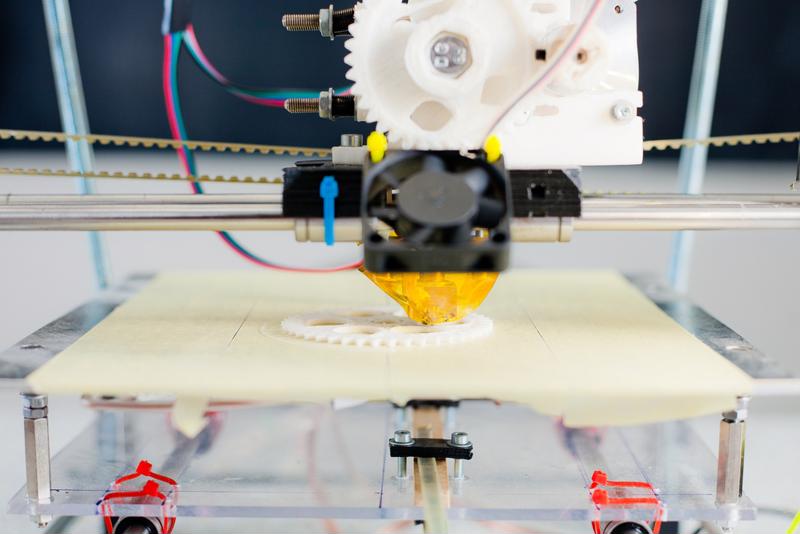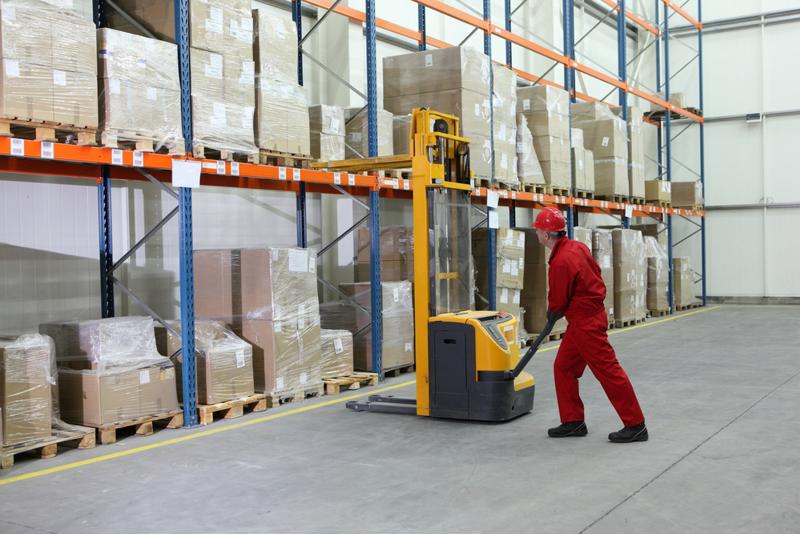Companies everywhere have a tough choice to make: start cutting costs now… or cut down on the workforce.
No manager wants to make that call. The Procurement team, however, is in a position to help them avoid the need to let anyone go.
Procurement teams have plenty of strategies to help here – and now is certainly the time to use them. Yet many Procurement pros default to the typical three-bids-and-a-buy strategy. Why rely so heavily on this single technique when we have others at hand? More importantly, why rely on it when so many situations aren't responsive to this approach?
Over the next few days, I am going to examine how supplier relationship management can inform alternative strategies. To do this, I’ll use the time tested Kraljic Matrix as a foundation.
The Kraljic Matrix
So, what the Kraljic matrix and how does it work? Peter Kraljic proposed this matrix as a way of updating supplier negotiations in the early 1980’s. Procurement teams at the time were approaching supplier relationships in a static manner. Essentially, the three-bids-and-a-buy process and checking a few standard negotiations boxes. It worked back then because organizations benefited from relatively stable economic conditions. Kraljic acknowledged in a Harvard Business Review article that such stability was eroding, and gave this warning:
“Now, however, no company can allow purchasing to lag behind other departments in acknowledging and adjusting to worldwide environmental and economic changes. Such an attitude is not only obsolete but also costly.”
Thirty years later, this warning still applies to current world challenges.
To start the process, Kraljic defined two primary dimensions to describe suppliers:
- Complexity of the Supply Market (Supply Risk) – What does the market landscape look like in terms of product scarcity? Is the market owned by a few (or one) key players or are there low barriers to entry? Are there inherent supply chain risks? Are substitute products or services available?
- Importance of Purchasing (Profit Impact) – How important is a product or service in terms of value added to an organization’s product? What percentage of that product’s total cost can be attributed to this purchase?
These dimensions separate suppliers in a way that also points to key supplier relationship insights.
We will begin in the“Non-Critical” quadrant.
Non-Critical Supplier Relationships
Purchases in this quadrant share several commonalities:
- They are largely commoditized: Offerings (and price points) are undifferentiated among competitors.
- The supply is abundant, with plenty of suppliers able to fill needs.
- Supplier relationships are short-term, ranging from a single transaction to a year.
- Purchases are relatively low cost and high volume.
Many Procurement teams ignore this quadrant. If we need to cut significant costs quickly, this isn't the place: there isn’t enough spend here to move the needle even if we cut costs in half or more. At least when we use a three-bids-and-a-buy mentality.
The flaw in this logic comes down to thinking in terms of price versus cost.
Cost Cutting Strategies for Non-Critical Relationships
Organizations likely spend substantially more money managing the purchasing process than the cost of the products, themselves, in this quadrant. Procurement will therefore cut costs by spending as little time in it as possible.
Consider the source-to-pay process. A requisition must be created and routed for approval. Once approved, a PO is created and, again, routed for approval. Once we confirm goods are received or services rendered, an invoice is received and processed, and payments must be made with a new round of approvals. All for, say, a small office supplies order… a few boxes of pens, some staples, maybe a ream or two of paper.
Think of all the time spent managing this process and the number of individuals involved. Reducing these FTE costs is where we want to focus our energy.
Product Standardization
First, Procurement should seek to minimize the great breadth of purchases in this quadrant. Look for organizational needs that are similar enough in nature that they can be described by a single, unified specification. How many products, across how many suppliers, fit this spec?
Consolidating across products and suppliers offers a few key benefits:
- More vendors means higher incremental costs to maintain them. If there are fewer supplier relationships to manage, and fewer monthly orders to oversee, we spend less time and money on operational activities.
- End users won’t need to spend time training or getting used to multiple products – they can focus on a single one. Stock management also becomes easier, requiring less time and bringing increased focus to avoid wastage and depleted stocks.
- Some hard dollar savings may be instantly realized. Where discount or rebate tiers exist, consolidating spend to a single supplier may bump up to the next tier for automatic savings. This may not be much – but it also requires no effort.
Process Automation
Automating parts of a process removes the need for Procurement’s intervention. Organizations have their choice among multiple eProcurement platforms with sophisticated features and tools. For organizations new to automation, there will be time, money, and energy spent in getting these systems up and running. That said, the benefits are huge once this is done:
- Punchout catalogs allow stakeholders access to purchasing without the need for Procurement to manually escort them through the process. At the same time, Procurement can be assured that stakeholders are buying from pre-approved products.
- Approval workflows can be automated, in whole or in part (automatic form population and dissemination for human review). This cuts away a large degree of administrative activity.
- Reporting needs can be automated as well. Procurement won’t need to spend time building up excel spreadsheets full of data or visualizations by hand. The right tools handle these things by default.
Group Purchasing Organizations
Many Procurement teams are familiar with the unit cost reduction potential that GPOs offer, particularly for small- to mid-sized companies. However, GPOs also help improve efficiencies and reduce Procurement’s time managing spend.
GPOs offer instant access to a pre-negotiated agreement and pricing. All the effort involved in the strategic sourcing, negotiation, and contracting processes are taken care of, allowing an organization to immediately reap the benefits.
Moving Forward
When looking to cut costs among high-volume, low-priced purchases, think outside the typical three-bids-and-a-buy mentality. This tactic will fail to deliver because there simply isn’t enough meat on the bone. Cost cutting needs to come from another source – in this case, by automating away what we can and streamlining the rest.
The steps above will help Procurement do more than simply cut costs – we are also freeing up resources that will be critical in managing the next three quadrants.
As we round out March and move into April, we’ll continue our review of the Kraljic Matrix to better understand how our SRM approach can yield cost savings. Stay tuned as we move ahead into our next quadrant, “Bottleneck” supplier relationships.




















